Scenario: it's late at night, the roads are completely empty and you are stuck at the longest light ever. Solution: don't run a red- change it to green yourself. Avoid a ticket, save yourself some time (and perhaps a little gas).
Many of you may have already seen Kipkay's instructional video on the topic. (For those of you who haven't, click through or scroll all the way down to view). Bonus, Wired offers an additional HowTo with various tips:
Step 1 Look for the Trigger
This method only works with lights that aren't on a timer. Called "demand-actuated" lights, these stoplights change when a vehicle approaches.
"To find out if you're sitting at a demand-actuated stoplight, look for the inductive-loop detector embedded in the asphalt in front of you. An inductive-loop detector is a loop, or double-loop, of wire that's been embedded into cut pavement and then tarred over. It detects the presence of conductive materials, like the steel or iron used to make your car, or aluminum or titanium in a bicycle...
You can also look at the traffic signal arm for other methods of detection such as cameras or radar sensors. These are newer and much more reliable technology."
Step 2 Position Yourself Appropriately
"Triggering a demand-actuated stoplight is almost always as simple as positioning yourself over it. Sounds like a no-brainer, but many people don't realize that they hit the brakes too late and ended up mostly in the crosswalk, or that they're actually fifteen feet behind the detector. Be sure to stop with your front bumper close to, but behind the stop bar at the intersection."
Step 3 Magnetize
Positioning yourself properly not doing the trick? Try using a neodymium magnet.
"Neodymium magnets are rare earth magnets, formed from an alloy of neodymium, iron and boron. They're currently the strongest type of magnet available, and (yippee!) they can be purchased online. Protect the magnet with a pill case or a set of washers, and then tape the magnet to the bottom of your car or vehicle."
Step 4 Call in a Fix-It
There's always a chance your neighborhood light is malfunctioning. Did you know:
"In a study conducted in the 1980s, the state of New York discovered that fully 25 percent of the demand-actuated detectors were malfunctioning. Which makes sense, when you consider that these fragile wires are close to the surface of the asphalt and subject to all manner of indignities, including the weight of hundreds of thousands of vehicles."
Step 5 Flash Like a Cop
Try flashing your high beams. Purchasing an "emergency preemption system" is a safe bet this method will work.
"While emergency preemption systems are common in many cities, they typically work by detecting programmed strobe lights mounted on emergency vehicles. Without one of these special emitters and the correct programming, you cannot preempt the vast majority of traffic signals. (Keep in mind that sales of a traffic preemption transmitter is in violation of 18 USC 39.)"
Click through for the entire HowTo, via Wired. Prefer video? Check out Kipkay's HowTo on the same topic:
Just updated your iPhone? You'll find new emoji, enhanced security, podcast transcripts, Apple Cash virtual numbers, and other useful features. There are even new additions hidden within Safari. Find out what's new and changed on your iPhone with the iOS 17.4 update.





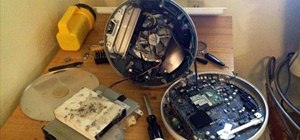


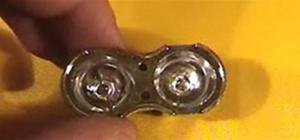

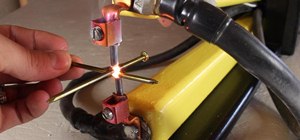
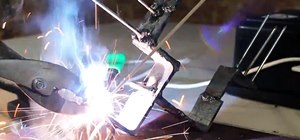
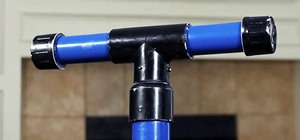
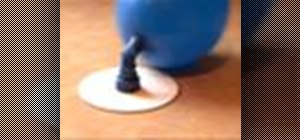

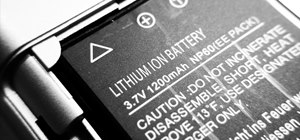

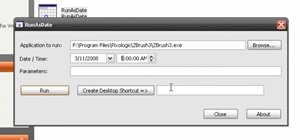
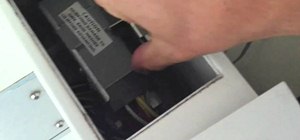




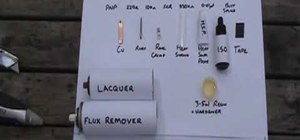
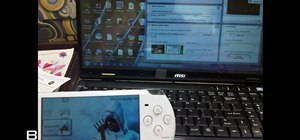
Be the First to Comment
Share Your Thoughts